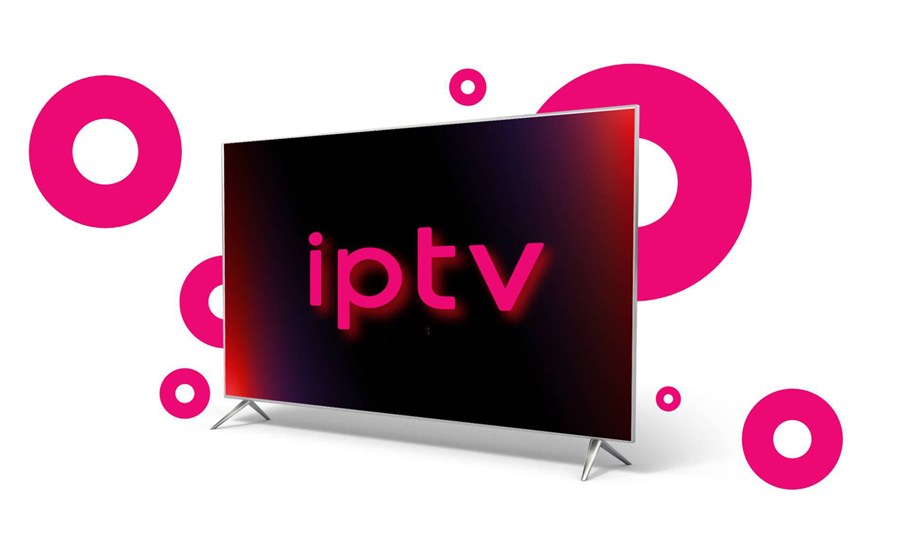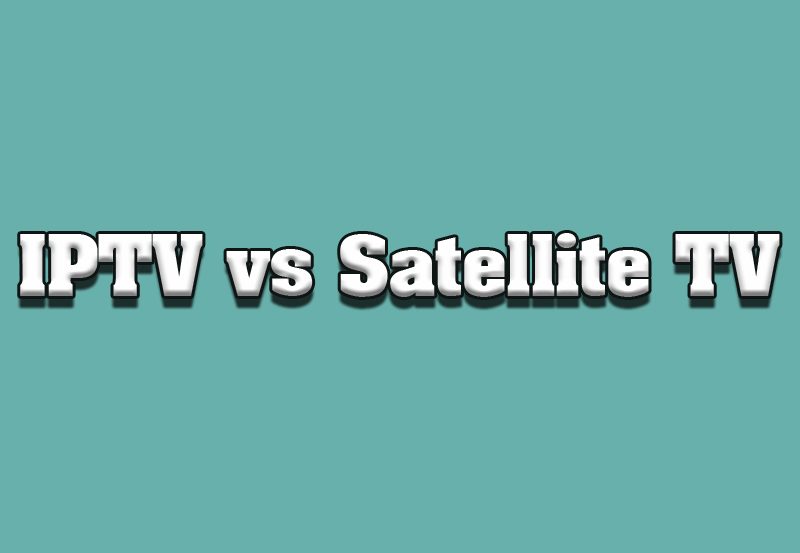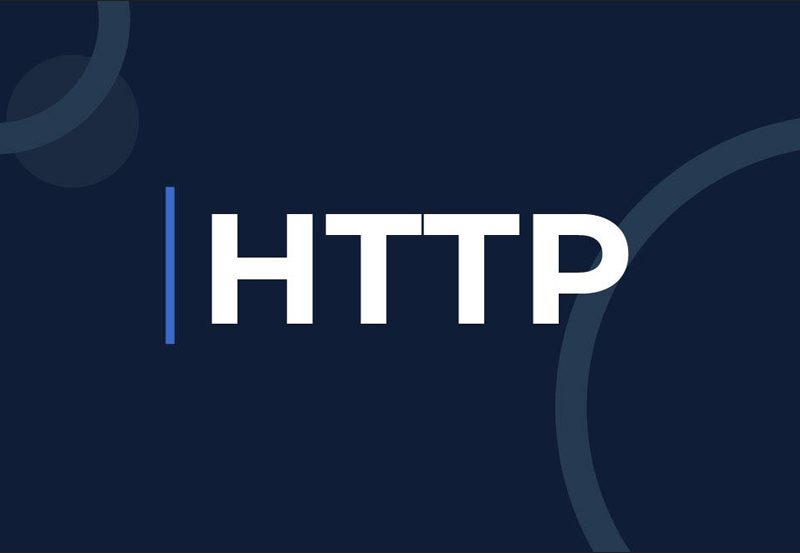IPTV (Internet Protocol Television) is a technology that delivers television services over an internet connection, allowing users to stream live TV, on-demand content, and access interactive features through their internet service provider. DHCP (Dynamic Host Configuration Protocol) is a network management protocol that automatically assigns IP addresses and other network configuration information to devices on a network. DHCP issues can cause disruptions in IPTV service, resulting in poor video quality, buffering, or loss of connection.
Common DHCP issues with IPTV include IP address conflicts between the IPTV device and other network devices, which can occur when multiple devices attempt to use the same IP address. DHCP lease times and renewal intervals can also affect IPTV performance. If the DHCP lease time is too short, the IPTV device may lose its IP address and network connection, causing service interruptions.
Network congestion and bandwidth allocation can also contribute to DHCP issues with IPTV. When multiple devices compete for bandwidth, it can lead to delays and interruptions in the IPTV service. Improper DHCP configuration settings, such as limited IP address ranges or insufficient allocation of network resources for IPTV devices, can exacerbate these problems.
Understanding these issues is crucial for troubleshooting and resolving DHCP problems related to IPTV. By addressing these concerns, users can take proactive steps to ensure a smooth and uninterrupted IPTV experience.
Key Takeaways
- IPTV relies on DHCP to assign IP addresses to devices on the network
- Router configuration for IPTV may involve setting up VLANs and QoS
- DNS problems for IPTV can be resolved by using a reliable DNS server
- Firewall settings may need to be adjusted to allow IPTV traffic
- DHCP configuration for IPTV devices should include reserved IP addresses for stability
- NAT settings can impact IPTV performance and may need to be adjusted
- Resolving IPTV and DHCP issues requires a combination of network configuration and troubleshooting techniques
Troubleshooting Router Configuration for IPTV
Priority Matters
When it comes to troubleshooting router configuration for IPTV, one of the first things to check is the Quality of Service (QoS) settings on the router. QoS allows users to prioritize traffic on the network, ensuring that IPTV data packets are given priority over other types of traffic. By configuring QoS settings to prioritize IPTV traffic, users can minimize latency and packet loss, leading to a smoother viewing experience.
Firmware Updates for Stability
Another important aspect of router configuration for IPTV is ensuring that the router firmware is up to date. Outdated firmware can lead to compatibility issues and security vulnerabilities that may impact IPTV performance. By regularly updating the router firmware, users can ensure that their router is equipped with the latest features and bug fixes, improving overall stability and performance for IPTV services.
Port Forwarding and Firewall Settings
Additionally, users should also check for any port forwarding or firewall settings that may be blocking IPTV traffic. Some routers may have default settings that restrict certain types of traffic, including IPTV data packets. By configuring port forwarding rules and adjusting firewall settings to allow IPTV traffic, users can prevent disruptions and ensure a seamless viewing experience.
Conclusion
In conclusion, troubleshooting router configuration for IPTV involves checking QoS settings, updating router firmware, and adjusting port forwarding and firewall settings to optimize performance and resolve common issues.
Addressing DNS Problems for IPTV
DNS, or Domain Name System, is a critical component of internet connectivity that translates domain names into IP addresses, allowing devices to locate and connect to servers on the internet. When it comes to IPTV, DNS problems can arise that impact the ability of the IPTV device to connect to the necessary servers and services. One common DNS issue with IPTV is related to slow or unresponsive DNS servers, which can lead to delays in accessing IPTV content and services.
To address DNS problems for IPTV, users can start by checking the DNS settings on their router or IPTV device. By ensuring that the DNS servers are properly configured and responsive, users can minimize delays and improve the overall performance of their IPTV service. Additionally, users can consider using alternative DNS servers, such as public DNS services like Google DNS or OpenDNS, which may offer faster and more reliable resolution of domain names for IPTV services.
Another potential DNS issue with IPTV is related to DNS caching and stale records. When DNS records are cached on the router or IPTV device, it can lead to outdated information being used to connect to IPTV servers, resulting in connectivity issues and disruptions in service. By clearing the DNS cache on the router or IPTV device, users can ensure that they are using up-to-date DNS records, improving connectivity and performance for IPTV services.
In conclusion, addressing DNS problems for IPTV involves checking DNS settings, using alternative DNS servers, and clearing DNS cache to ensure optimal connectivity and performance for IPTV services.
Firewall Settings and IPTV Compatibility
Firewall settings play a crucial role in ensuring the compatibility of IPTV services with the network infrastructure. Firewalls are designed to monitor and control incoming and outgoing network traffic based on predetermined security rules. However, improper firewall settings can lead to compatibility issues that impact the performance of IPTV services.
One common problem related to firewall settings is when certain ports or protocols used by IPTV are blocked, preventing the proper transmission of data packets and leading to disruptions in service. To address firewall settings for IPTV compatibility, users can start by identifying the specific ports and protocols used by their IPTV service. Once these ports and protocols are identified, users can configure their firewall settings to allow traffic on these ports and protocols, ensuring that data packets related to IPTV are not blocked or restricted.
Additionally, users should also consider creating specific firewall rules for their IPTV devices or services, allowing them to bypass certain security restrictions while still maintaining overall network security. Another important aspect of firewall settings for IPTV compatibility is related to network address translation (NAT). NAT is a process used by routers to modify network address information in data packets as they pass through the router.
Improper NAT settings can lead to compatibility issues with IPTV services, as it may impact the ability of devices to communicate with IPTV servers and services. By configuring NAT settings to allow for proper communication between IPTV devices and servers, users can ensure that their firewall settings do not interfere with the performance of their IPTV services. In conclusion, addressing firewall settings for IPTV compatibility involves identifying specific ports and protocols used by IPTV services, configuring firewall rules, and adjusting NAT settings to ensure optimal performance and compatibility.
DHCP Configuration for IPTV Devices
Proper DHCP configuration is essential for ensuring that IPTV devices are able to obtain valid IP addresses and connect to the network without any issues. DHCP issues can lead to disruptions in the IPTV service, causing poor video quality, buffering, or loss of connection. To address DHCP configuration for IPTV devices, users can start by checking the DHCP settings on their router or network infrastructure.
By ensuring that DHCP is properly enabled and configured with an adequate range of IP addresses, users can prevent conflicts and ensure that their IPTV devices are able to obtain valid IP addresses without any issues. Another important aspect of DHCP configuration for IPTV devices is related to lease times and renewal intervals. DHCP lease times determine how long an IP address is assigned to a device before it needs to be renewed.
If the lease time is too short, it can lead to frequent disruptions in the IPTV service as devices lose their IP addresses and connection to the network. By adjusting DHCP lease times and renewal intervals to longer durations, users can minimize interruptions in the IPTV service and ensure a more stable connection for their devices. Additionally, users should also consider implementing static IP addresses for their IPTV devices as an alternative to dynamic IP assignment through DHCP.
By assigning static IP addresses to their IPTV devices, users can ensure that these devices always have a consistent IP address on the network, minimizing potential conflicts and disruptions in service. In conclusion, DHCP configuration for IPTV devices involves checking DHCP settings, adjusting lease times and renewal intervals, and considering static IP assignment to ensure a stable and uninterrupted connection for IPTV services.
NAT Settings and IPTV Performance
Optimizing NAT Settings for IPTV Performance
To address NAT settings for optimal IPTV performance, users can start by checking the NAT configuration on their router or network infrastructure. By ensuring that NAT is properly enabled and configured to allow for proper communication between IPTV devices and servers, users can prevent disruptions in service and ensure a seamless viewing experience.
The Importance of Port Forwarding
Port forwarding allows users to direct specific types of traffic from the internet to a particular device on their local network. For IPTV services, port forwarding may be necessary to ensure that data packets related to streaming video content are able to reach the appropriate devices without any issues. By configuring port forwarding rules on their router to direct traffic on specific ports used by their IPTV service to the corresponding devices on their network, users can optimize performance and minimize disruptions in their IPTV service.
Enabling UPnP Support for Simplified Connectivity
Additionally, users should also consider implementing UPnP (Universal Plug and Play) support on their router or network infrastructure. UPnP allows devices on a network to automatically discover each other’s presence and establish functional network services for data sharing or communication without requiring manual configuration by a user or an administrator. By enabling UPnP support for their router or network infrastructure, users can simplify the process of establishing connections between their IPTV devices and servers, improving overall performance and connectivity for their IPTV services.
Conclusion
In conclusion, addressing NAT settings for optimal IPTV performance involves checking NAT configuration, configuring port forwarding rules, and enabling UPnP support to ensure seamless connectivity and performance for IPTV services.
Resolving IPTV and DHCP Issues
In conclusion, resolving issues related to IPTV and DHCP involves understanding the underlying causes of common problems and taking proactive steps to troubleshoot and resolve these issues. Whether it’s addressing DNS problems, configuring router settings, adjusting firewall rules, or optimizing DHCP configuration for IPTV devices, there are several key considerations that users should keep in mind when troubleshooting these issues. By understanding how these technologies work together and how they can impact each other’s performance, users can take proactive steps to optimize their network infrastructure for seamless connectivity and performance with their IPTV services.
Whether it’s adjusting QoS settings on their router, updating firmware, using alternative DNS servers, configuring port forwarding rules, or implementing static IP addresses for their devices, there are several strategies that users can employ to ensure a smooth and uninterrupted viewing experience with their IPTV services. By addressing these issues proactively and taking steps to optimize their network infrastructure for compatibility with IPTV services, users can minimize disruptions in service and ensure a high-quality viewing experience for themselves and their family members. With proper troubleshooting and configuration adjustments, users can resolve common issues related to IPTV and DHCP, ensuring optimal performance and connectivity for their streaming television services.
If you are experiencing IPTV and DHCP issues, you may want to check out this article on how to setup IPTV on VLC media player. Troubleshooting network address allocation can be a complex task, but understanding how to properly set up your IPTV on different media players can help alleviate some of the issues you may be facing.





